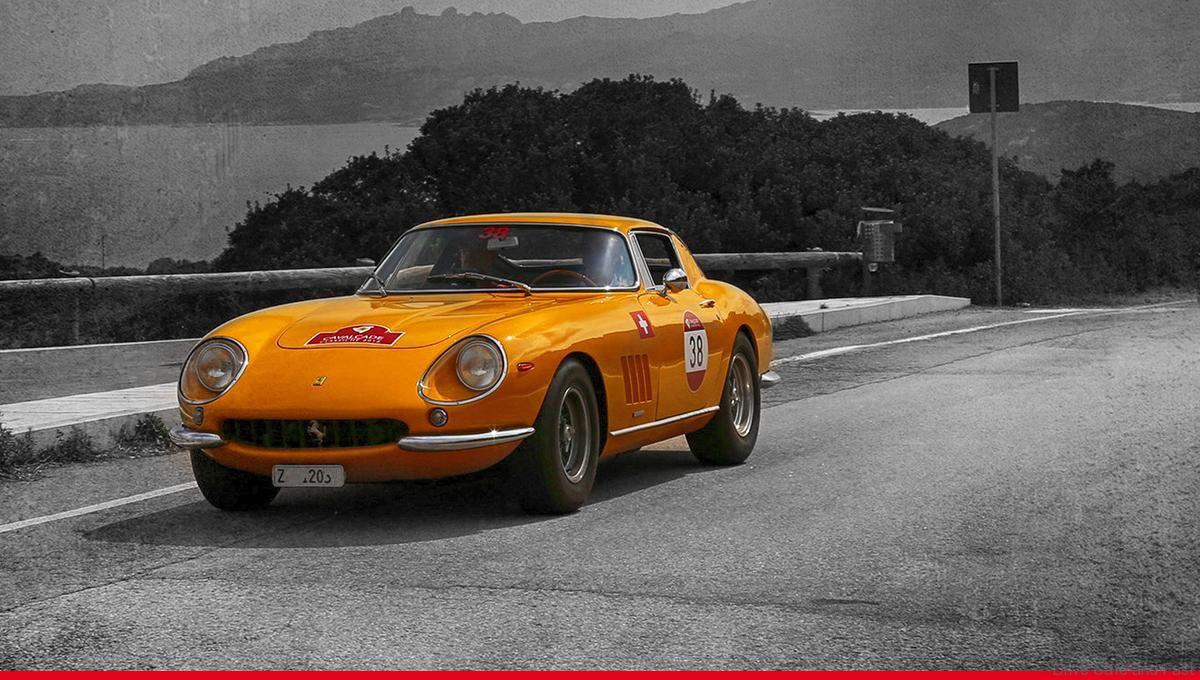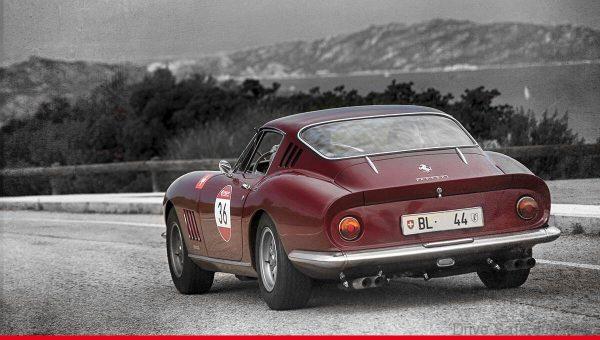This Ferrari should be reborn as is in design and with undated drivetrain
Presented at the 1966 Paris Motor Show, this was the first ‘production’ Ferrari to be fitted with the four overhead camshaft version of the V12, and was derived directly from the P2 prototype.
The 275 GTB/4 was virtually identical visually to the “long nose” two camshaft models, and without lifting the bonnet, there was only one easy distinguishing feature. This was the profile of the bonnet, which on the 275 GTB/4 had a slim shallow central bulge running from front to rear. This should not be confused with the wide flat raised centre section of the bonnet seen on early two camshaft cars. As with the two camshaft cars, the Pininfarina designed body was constructed by Scaglietti, normally in steel with aluminium doors, bonnet, and boot lid, although a few examples received full aluminium bodies.
The bodies were mounted on a 2400mm wheelbase chassis that had factory reference numbers 596, and all were numbered in the odd chassis number road car sequence. The chassis was virtually identical to that of the two camshaft car, the revised number being due to minor differences in the drive train layout. Like its predecessor, the four camshaft model was available in right or left hand drive form. The standard wheels were alloy with a ten hole design, with the option of Borrani wire wheels throughout the production period, retained by a triple ear spinner.
European market examples had circular rear light units with the upper section in orange for the turn signal, and featured a central circular reflector.
The basic dimensions and layout of the engine were similar to that of the two camshaft unit of the 275 GTB, but fitted with new cylinder heads that featured twin overhead camshafts per bank of cylinders, with factory type reference 226, still of 3286cc capacity, with a bore and stroke of 77mm x 58.8mm, with the sparking plugs sited between the camshafts.

The 275 GTB4 berlinetta was the replacement for the 275 GTB, the main difference being the fitment of a four overhead camshaft, two per bank, V12 engine. It was first shown at the 1966 Paris Salon, and remained in production until March 1968, during which time 330 examples were manufactured in the chassis number range 09007 to 11069.
The other major difference was the provision of dry sump lubrication. It was fitted with a bank of six Weber 40 DCN9, 17, or 18 carburettors, with a twin coil and rear of engine mounted distributor ignition system, to produce a claimed 300bhp. The engine drove through a shaft in a torque tube, as fitted to late series two camshaft models, running at engine speed to a five speed transaxle, which was independently supported from the chassis frame, and then by drive shafts to the independently suspended rear wheels, that featured the same coil spring and wishbone suspension arrangement as used on the two camshaft 275 GTB model.
No competition versions of this model were built, although a number of clients used lightly modified road cars in various types of events, mainly for their own enjoyment rather than outright victory.




